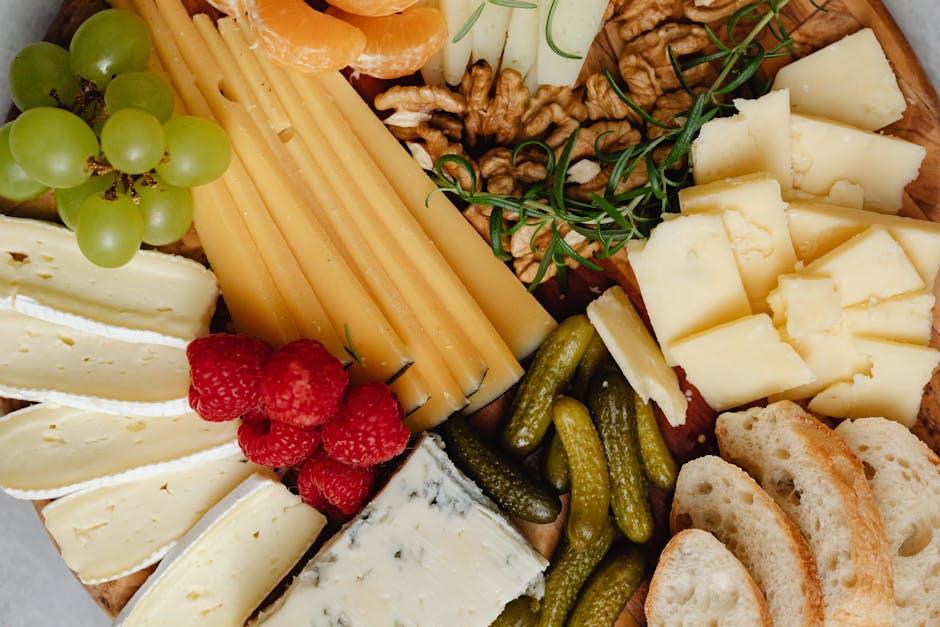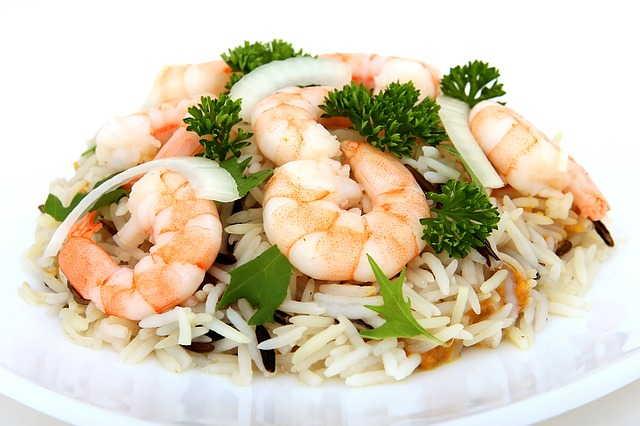In the ever-evolving journey of weight loss, the monotony of repetitive meal plans can often become a stumbling block, sapping motivation and stalling progress. But what if the secret to sustained success lies not in restriction, but in variety? Imagine transforming your kitchen into a playground of flavors, textures, and colors, where every meal is a new adventure that not only delights your taste buds but also supports your health goals. In this article, we will explore innovative strategies to infuse diversity into your weight loss meal plans, ensuring that your culinary experience remains as dynamic and satisfying as your results. Let’s embark on this flavorful journey, discovering how a well-crafted medley of meals can invigorate your path to wellness.
Exploring Colorful Ingredients to Ignite Your Taste Buds
Adding a splash of color to your meals can not only make them visually appealing but also enhance their nutritional value. Imagine a plate filled with the vibrant hues of red bell peppers, the deep greens of spinach, and the rich purples of eggplant. These colorful ingredients are more than just eye candy; they are packed with essential vitamins, minerals, and antioxidants that support your weight loss journey while keeping your taste buds excited.
To effortlessly incorporate these ingredients into your meal plans, consider including a variety of colorful foods such as:
- Red: Tomatoes, strawberries, and red onions for a dose of lycopene and vitamin C.
- Orange & Yellow: Carrots, sweet potatoes, and mangoes offer beta-carotene and fiber.
- Green: Kale, avocados, and zucchini provide chlorophyll and healthy fats.
- Blue & Purple: Blueberries, blackberries, and purple cabbage are rich in anthocyanins.
- White & Brown: Cauliflower, mushrooms, and quinoa for a boost of protein and potassium.
Mixing and matching these ingredients not only keeps your meals interesting but also ensures a balanced intake of nutrients, making your weight loss efforts more sustainable and enjoyable.

Crafting Balanced Meals with Nutrient-Dense Foods
Creating a weight loss meal plan that is both satisfying and nutritious involves incorporating a diverse range of nutrient-dense foods. These foods provide essential vitamins and minerals without excessive calories, making them ideal for achieving and maintaining a healthy weight. By focusing on variety, you can ensure that your meals are not only balanced but also enjoyable. Here are some key components to consider:
- Whole Grains: Opt for quinoa, brown rice, or whole wheat pasta to add fiber and complex carbohydrates to your meals.
- Lean Proteins: Include sources like chicken breast, tofu, and legumes to maintain muscle mass while losing fat.
- Colorful Vegetables: Incorporate a rainbow of vegetables such as spinach, bell peppers, and carrots for a boost of antioxidants and phytonutrients.
- Healthy Fats: Use avocados, nuts, and olive oil to provide satiety and support overall health.
- Fruits: Add berries, apples, or oranges for natural sweetness and additional fiber.
Experiment with different cooking methods and spices to enhance flavors without adding unnecessary calories. By embracing variety and focusing on nutrient-dense options, your meal plan can become a vibrant, enjoyable part of your weight loss journey.

Mastering Portion Control for Sustainable Results
Embracing portion control is a crucial step in crafting a balanced and sustainable meal plan. Instead of depriving yourself, focus on the quality and diversity of foods. Incorporate a colorful mix of vegetables, lean proteins, and whole grains to ensure you’re getting a variety of nutrients. Visual cues can be a powerful ally in managing portions. Consider using smaller plates and bowls to create the illusion of a fuller plate, which can help curb the tendency to overeat.
- Mindful Eating: Slow down and savor each bite, allowing your body time to recognize fullness signals.
- Pre-Portion Snacks: Divide snacks into small containers to avoid mindless munching.
- Focus on Nutrient Density: Choose foods that are rich in nutrients but lower in calories, such as leafy greens and berries.
- Plan Your Meals: Preparing meals in advance can help maintain control over portion sizes and resist the temptation of last-minute, oversized servings.

Incorporating International Flavors for a Global Palette
One of the most exciting ways to add diversity to your weight loss meal plans is by exploring the vibrant world of international cuisines. Integrating flavors from different cultures not only keeps your meals exciting but also introduces you to a plethora of nutritious ingredients that might not be in your usual diet. Here are a few ideas to get you started:
- Spice it up with Indian flavors: Consider incorporating spices like turmeric, cumin, and coriander, which not only add depth to your dishes but also come with health benefits. Try a chickpea curry with a side of quinoa for a filling, protein-rich meal.
- Embrace the Mediterranean diet: Known for its heart-healthy properties, the Mediterranean diet is rich in olive oil, nuts, and fresh vegetables. A simple Greek salad with feta cheese and olives can be both refreshing and satisfying.
- Explore Asian ingredients: Ingredients such as ginger, soy sauce, and sesame oil can elevate your dishes. Whip up a quick stir-fry with tofu and colorful vegetables for a low-calorie yet flavorful meal.
By experimenting with these global flavors, you not only make your meals more enjoyable but also enrich your culinary skills. Remember, the key is to maintain balance and moderation while exploring these diverse tastes.

